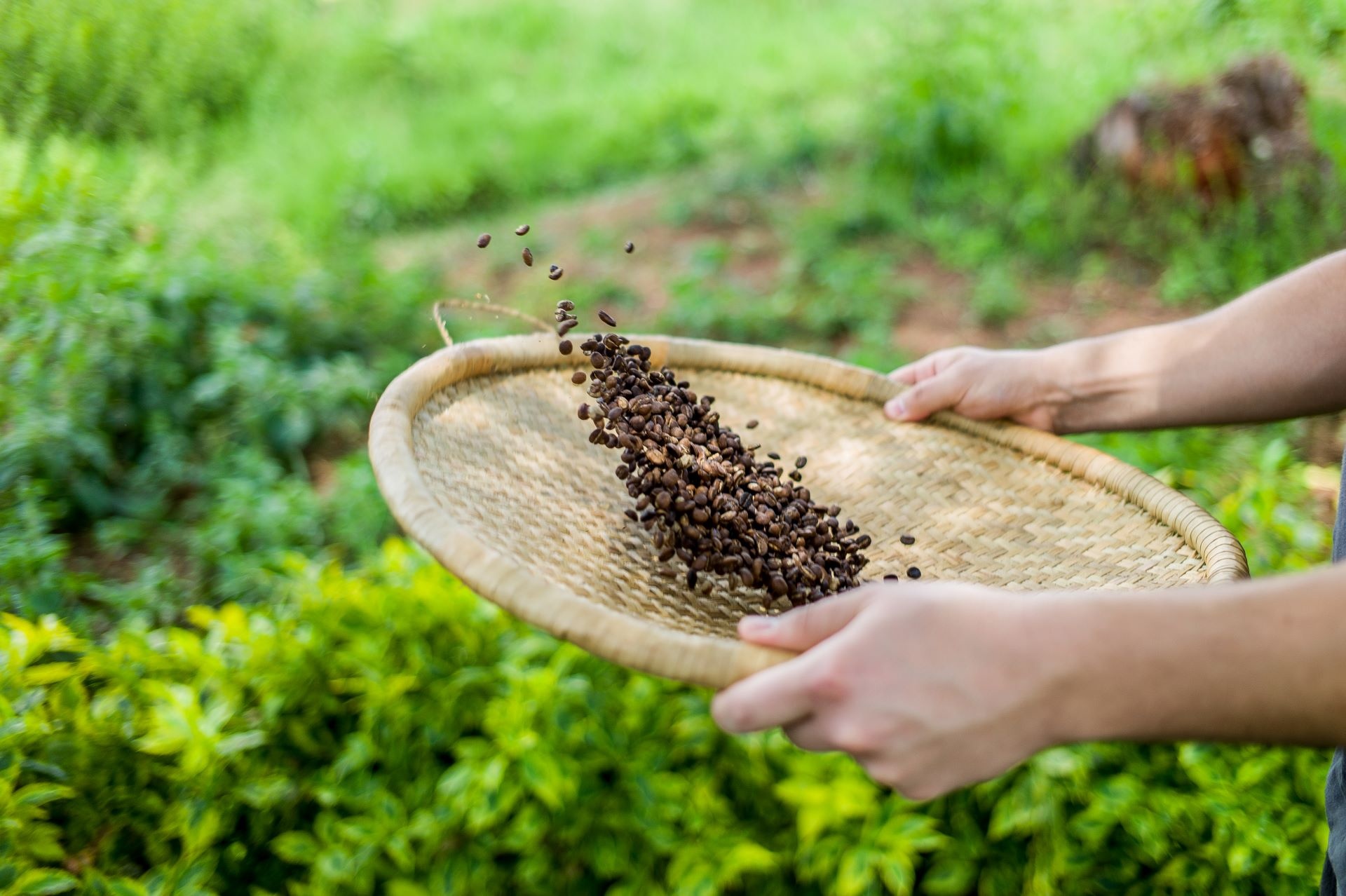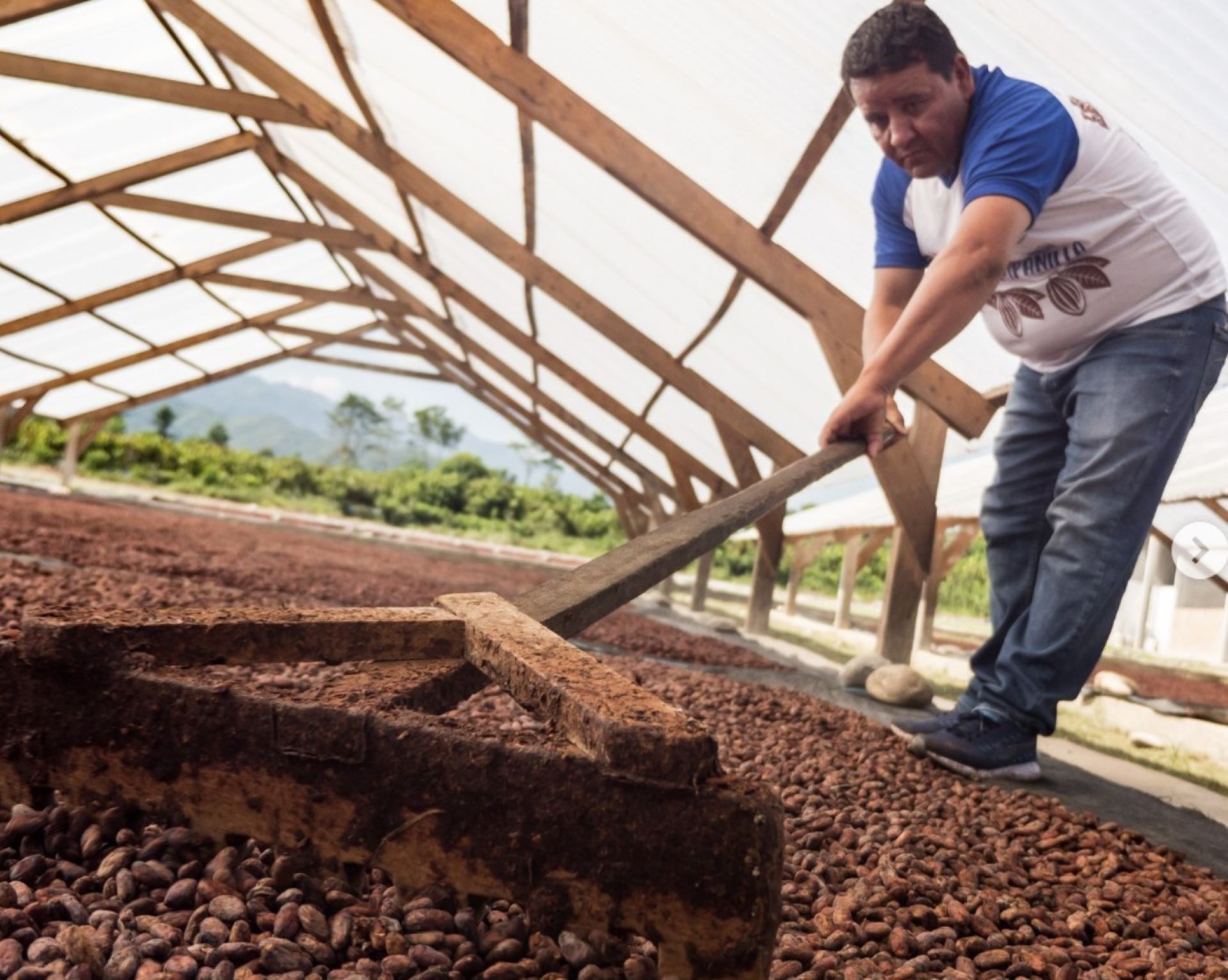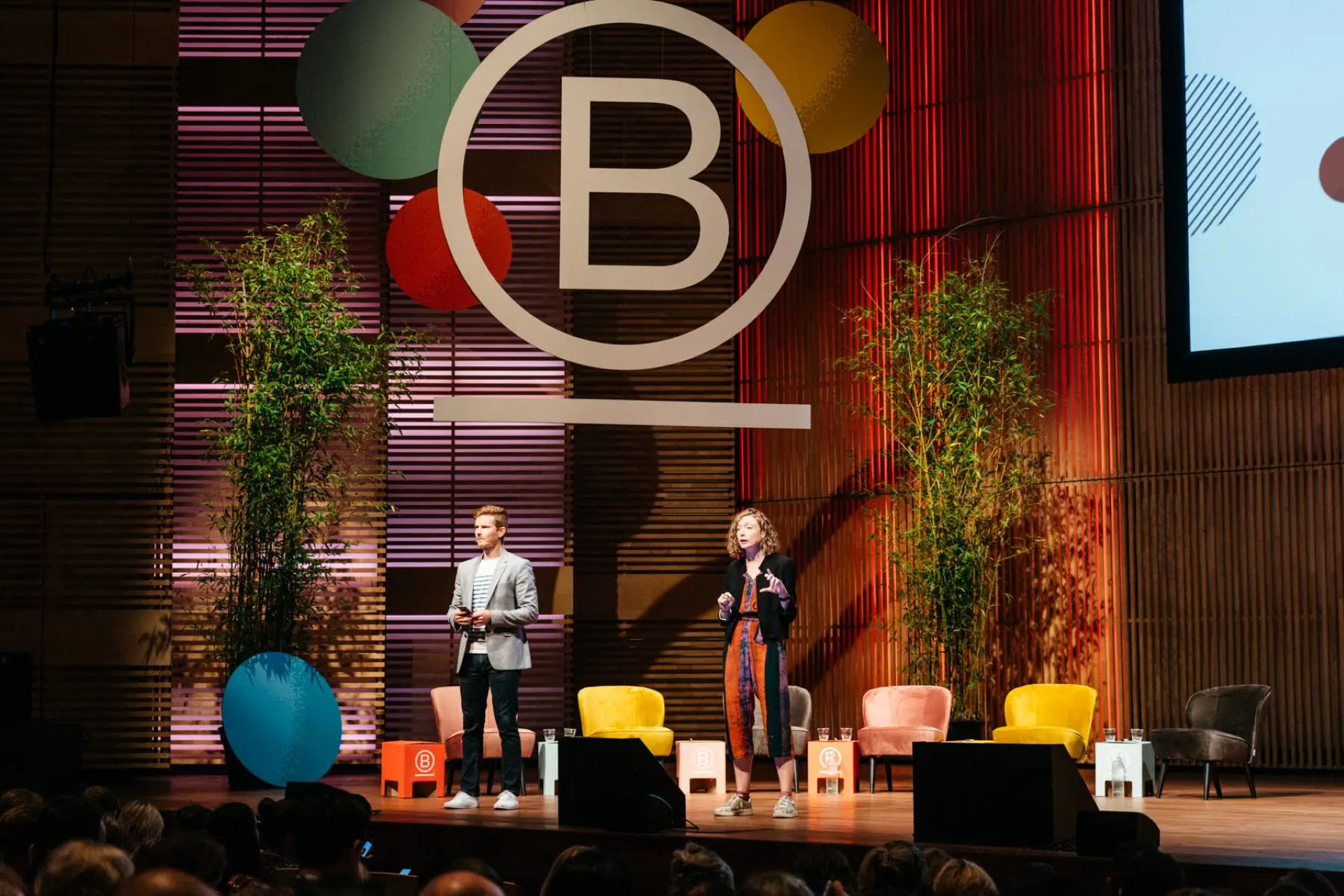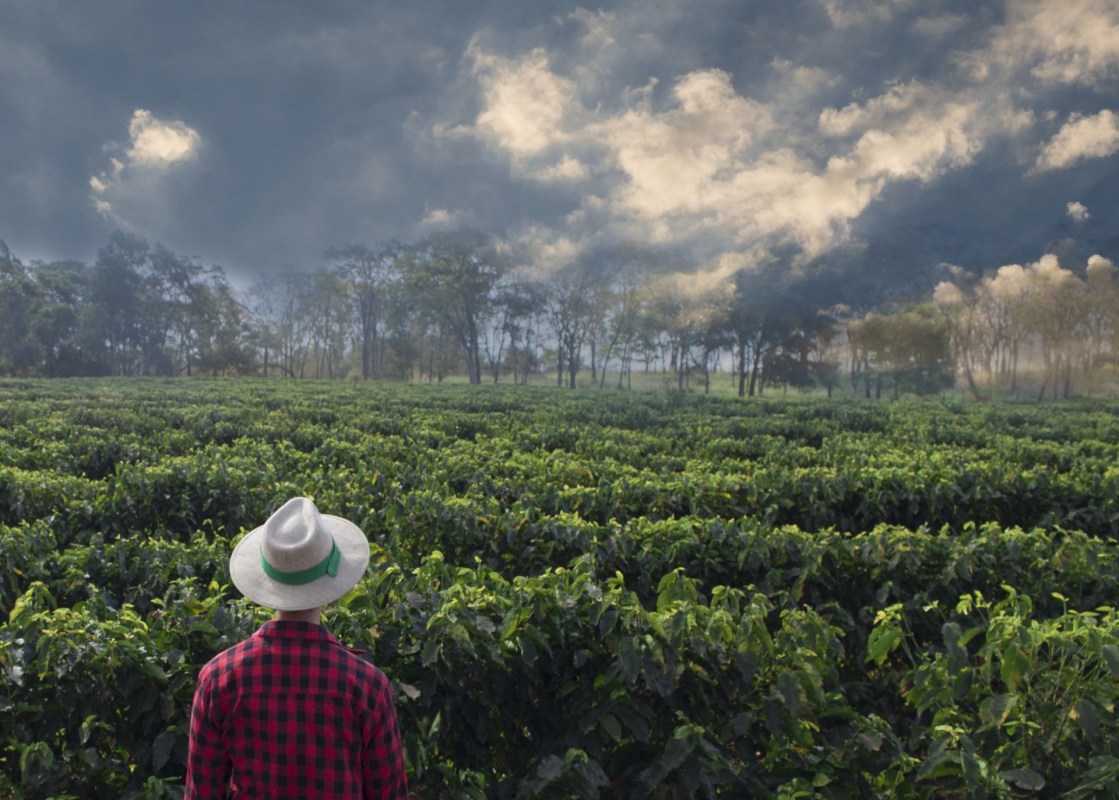Coffee has earned its distinction as the best and most delicious way to jump-start your morning. However, coffee production also jump-starts some serious environmental problems.
Where does coffee come from?
Coffee starts as cherries harvested from Coffea plants, which can grow up to 30 feet tall. As the National Coffee Association explains, the beans you brew are actually the processed and roasted seeds from coffee cherries.
Coffea plants can only be grown in a region of the world referred to as "the Coffee Belt," which is made up of rainforest ecosystems.
These areas are heavily affected by coffee production because it often leads to water pollution, soil erosion, and deforestation.
Around 75% of the world's coffee is produced with farming methods that leave no habitat for birds and other rainforest plant and animal species. This is because numerous coffee practices actively destroy forest habitats.
Over three quarters of all the world's land-based species call forests home — so when those forests are gone, species are unable to exist in their fragmented habitats. These species can become more accessible to hunters and poachers, have increased interactions with humans, and, in extreme cases, can be at risk of extinction.
Deforestation doesn't just affect animals. It also affects the 1.25 billion people globally that rely on forests for food, fuel, water, and shelter. Increased levels of deforestation due to commercial production, including coffee, means less fertile land for local communities to grow food on. This can often lead to widespread food insecurity.
Increased rates of deforestation also cause soil erosion and flooding. The absence of forests causes soil to erode and wash away, and the resulting barren land is susceptible to flooding which can displace entire communities in coastal regions.
Why should you care about where your coffee originates?
Every cup of coffee requires 39 gallons of water to produce, and as droughts become more frequent in the Coffee Belt due to the overheating of our planet, it will cause increased production costs and a reduced supply of quality coffee.
A study from PLOS One found that by 2050, the number of regions optimal for growing coffee is on track to decline by 50%.
Titus O. Awokuse, chairman of the department of agricultural, food and resource economics at Michigan State University, told the Los Angeles Times that "U.S. consumers should expect much more expensive and lower-quality coffee because of rising temperatures, extreme rainfalls, and higher frequency of severe droughts."
How do you spot sustainably sourced coffee?
You may be asking yourself, "Is it possible to care about the planet while still being able to enjoy my morning cup of coffee?"
The answer is yes — you can have your cake and eat it, too. You just have to know what to look for.
It can be hard to spot a truly sustainable coffee brand (thanks, greenwashing) when the grocery store coffee aisle is overflowing with options. Here is our guide of what to look for:

This certification was developed by scientists to conserve bird habitats and protect migratory songbirds. It ensures the farms that coffee is grown on have a variety of foliage (40% of the farm has to be shade-covered) and biodiversity.

Fairtrade has numerous stringent regulations for coffee producers to meet before being certified, including a minimum price paid to the producer that covers basic costs of production.

B Corporations must meet a set of rigorous social and environmental standards that center around increased accountability and transparency.
Investigate local coffee roasters and bulk/zero-waste shops with coffee beans in your community!
Join our free newsletter for easy tips to save more, waste less, and help yourself while helping the planet.








